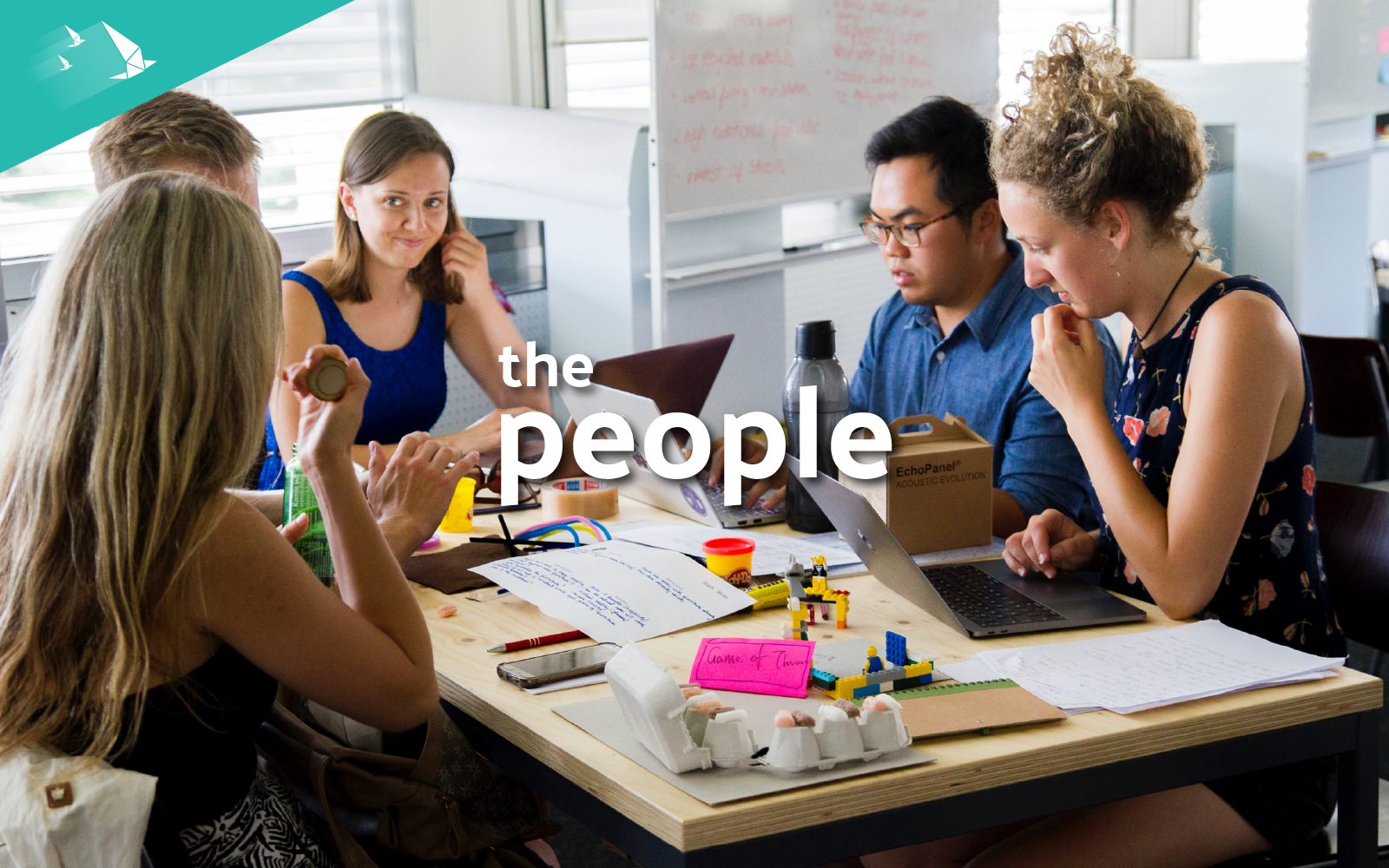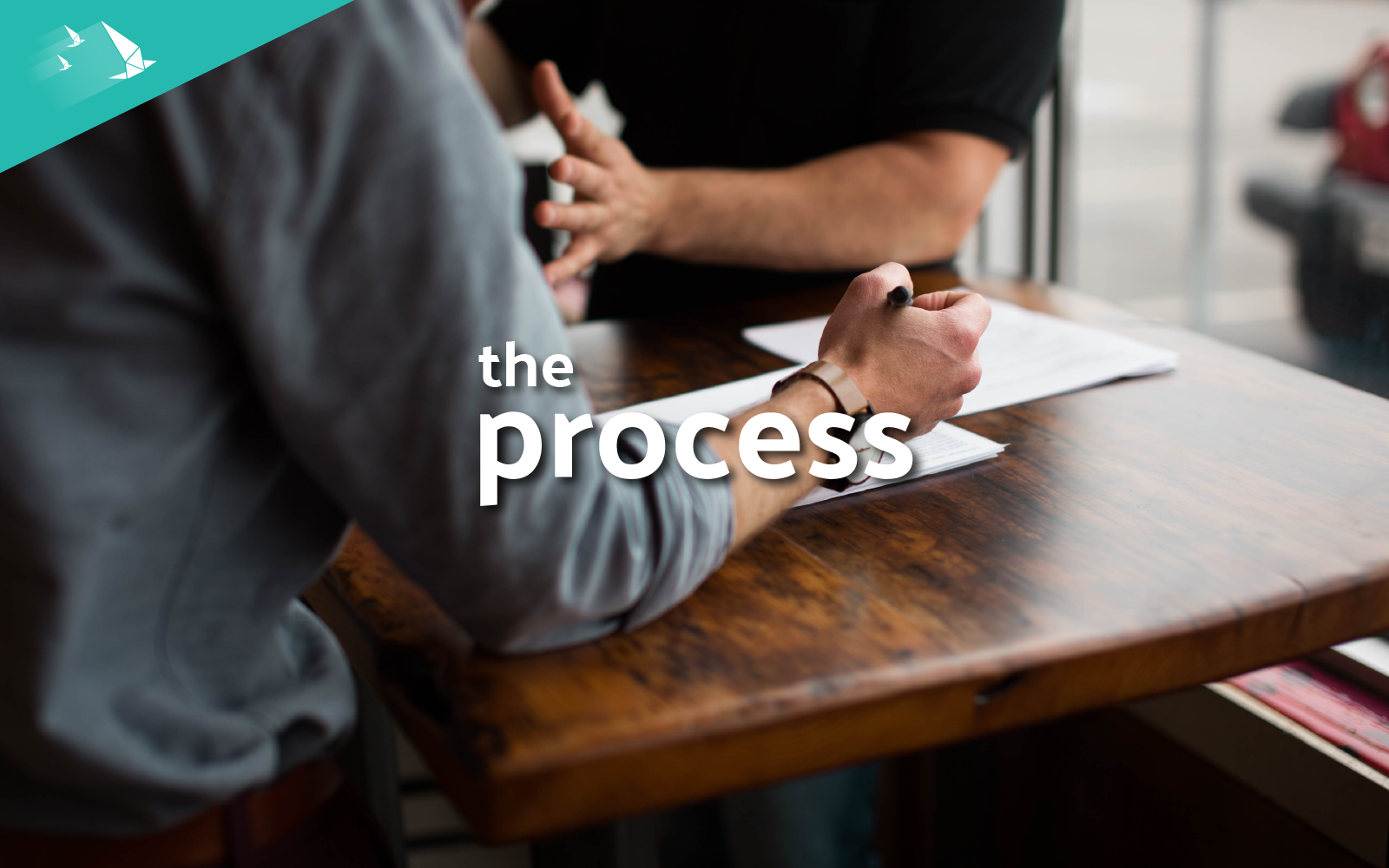Learning How to be an Innovation Baller
We’re going to veer off in an odd direction, but stick with us for a minute. Let’s talk about basketball. (If you’re not a big basketball person, that’s okay; pretty much any sport will work for this, but we’re going to go with basketball). So to set the stage, let’s say you have a big game coming up against your arch rivals. Leading up to the game, you spend hours practicing your shooting and ball-handling skills. Then practicing passing, rebounding, and specific plays as a team. Game day arrives, and you are feeling pretty great at this point; there’s no way you’re going to lose. Then the whistle blows and the game begins. You’re shooting and playing defense almost subconsciously at times. You definitely haven’t forgotten everything you practiced, but in a game-time scenario, the other team is putting you in more situations than any team could possibly have practiced for. This forces you to just play the game and act on your instincts. Sometimes things go the way you want and other times, not so much.
Luckily for famous basketball players, there are plenty of people watching the game to help them pick out patterns for improvement. In fact, this thirst for improvement has gotten so intense that the NBA recently partnered with SAP to create a platform that uses cameras to track and record every player’s individual movements for every game and then allow anyone, including fans, to watch and find patterns in their enormous database with the power of 4.5 quadrillion permutations. Now, not every player or team has people analyzing a recording of their games, yet they still manage to improve their understanding of the game and how to win. How? Analysts, players, and coaches have spent decades organizing basketball into many specialized components. At the most basic level, there’s offense and defense. But then, each of those are broken down further into so many more components that each have their own individual strategies and drills. These drills improve players’ instincts for game-time scenarios.
In this way, the game of basketball is a lot like the “game” of innovation. Most of the times, we find ourselves just acting on our instincts. Sometimes things go the way we want and other times, not so much. Unfortunately for us, there isn’t always a group of cheering fans and critical commentators watching our every move to help us pick out patterns in our innovation process. But learning the skills to be great at innovation shouldn’t be any different than learning the skills to be great at basketball. We need to understand the rules of the game, break them down into their constituent parts and subparts, and then practice like crazy. We need that framework. We need to find the most basic categories of concepts. We need to find the offense and defense of innovation.
Our Framework
After sorting through hundreds of pages of notes on the individual insights gleaned from other innovators, our own experiences, and the innovations we most admire, we’ve come up with four components to form the foundation of our framework.
The Organization

Perhaps the most amazing aspect of humanity is our ability to innovate together, to create things greater than any one of us ever could on our own. These groups come in many shapes and sizes, from an informal group of friends, to a non-profit, to a multinational corporation. Creating the right kind of organization is a vital and necessary prerequisite to producing amazing innovations. They form the environment in which we innovate. They determine who we work with and how we work. Organizations can be inspiring or soul-crushing. Peter Drucker, largely considered to be the founder of modern management, famously declared that “culture eats strategy for breakfast.” We couldn’t agree more. Even if your organization has a good plan, it won’t stand up to a culture that inhibits creativity.
The People

No matter what we look like or where we come from, we all have the potential to become great innovators, but to realize that potential, you also need the canonical suave-looking, rolled-up-flannel-wearing, red-rimmed-glasses-on, hipster-hair, always-carrying-a-moleskine visage of an innovator. Just kidding. Realizing your innovation potential requires develop the right mindsets. What are mindsets? Well, they’re different ways of thinking. And it’s important to realize that as people we don’t just have one mindset. We behave in different ways in different circumstances. You can think of mindsets like a bag of golf clubs. A golfer needs to use different golf clubs depending on the shot they need to take. Maybe they need a driver when they’re teeing off, and maybe they need a sand wedge to get them out of a tight spot. Innovating is no different. We need a golf bag (or a brain, in this case) with the right mindsets in order get the ball in the proverbial hole.
The Process

Innovations don’t just happen; they take a lot of time and effort. Going from the initial spark of an idea to a fully realized experience is the process of innovating. Your design will begin in humble origins, go through trials and tribulations, and then, with luck, go on to make someone’s life better. But let’s talk about that “with luck” part. The process you follow will do a lot to determine your ultimate success. By following a process that focuses on empathy, feedback, and iteration, you can make sure your innovation story has a happy ending.
The Experience

Other parts of this framework focus on creating the right environment, getting into the right mindset, and following the right process (things around the innovation--prerequisites to give you the best shot at producing a good design). But let’s say you’ve done all that; how can you tell if what you’ve come up with is any good? Or let’s say you’re being asked to evaluate someone else’s innovation. To be able to honestly and effectively offer feedback on a design, you need a set of criteria upon which to base your critique. (It’s no coincidence that critique and criteria share the same root.) Does the experience you’ve created actually give people the help they are looking for? Is it simple or does it require a lot of work from the people you’re trying to help? A good framework for innovation sets a rubric for evaluating the quality of what you’ve come with.
All the Building Blocks
A majority of innovation pedagogies focus mainly on the process. But in order to fully understand how to innovate, we had to first understand the context in which the innovation process takes place. Without an understanding of our organization, the innovators on our team, and most importantly, the kind of experience we need to create, we could never hope to produce an amazing innovation, even with the world’s best process. All four parts of the framework require equal attention in order to become a great innovator.
Understanding (and even mastering) innovation shouldn’t take years of experience or education. With a solid framework as our guide, the mystery of innovation can melt away so anyone can understand it. Bold statement we know, but we firmly believe it. Innovation also requires a organization that fosters creative collaboration. Innovation requires people who develop the right mindsets. Innovation requires a process that enables you to turn the inkling of an idea into a tangible solution. And finally, innovation requires understanding what will help your users complete their journey.
Sure, the individual details inside of this framework will change from field to field and from time period to time period. We are always evolving and learning more as a society. We certainly wouldn’t expect someone designing a solution to a problem 500 years ago to come up with the same solution today. It’s the same idea with the game of basketball. Strategies have evolved over time as we continue to improve. Players have gotten taller, stronger, and faster which has changed how we play the game, but the important idea is that the overall framework for organizing it has not changed much. The same basic skills still make up the game. So the next time you're working on a project, take a step back. Watch the game film in your mind. Which parts of the innovation framework do you need to focus on? The culture of your organization? Your process? Your team? Or the way you’re evaluating the experience you’re creating?





